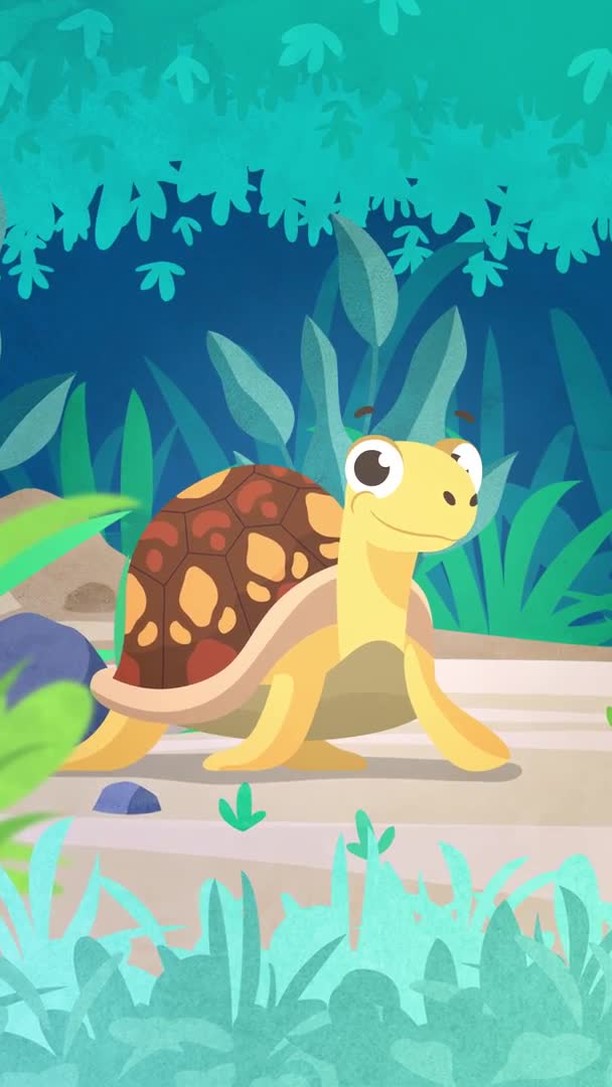– The importance of letting cute turtles live in their natural habitats
– The role of zoos and aquariums in educating the public about wildlife conservation
– The risks associated with keeping wild turtles as pets
– How to support turtle conservation efforts effectively
Wild turtles, with their impressive diversity and intriguing behaviors, have a way of capturing our hearts. However, if we truly care for these fascinating reptiles, the best action we can take is to admire them from a distance and ensure they remain in their natural habitats. This sentiment aligns with the message from the Association of Zoos and Aquariums (AZA) which emphasizes that though turtles are really cute, they are not suitable as pets. This article dives deep into why this is the case, the importance of wildlife conservation education provided by zoos and aquariums, the dangers of pet ownership of wild turtles, and how individuals can contribute to turtle conservation efforts.
Turtles play crucial roles in their ecosystems, from maintaining healthy waterways to supporting other wildlife. Removing them from their natural environment disrupts these ecosystems, leading to long-term negative impacts. Wild turtles are adapted to their specific habitats, and when removed, they often suffer due to the inability of pet owners to replicate these conditions accurately. Additionally, turtles can carry salmonella, posing health risks to humans, particularly children, the elderly, and those with compromised immune systems.
Zoos and aquariums accredited by the Association of Zoos and Aquariums (AZA) serve as vital educational resources, helping to bridge the knowledge gap about wildlife conservation. These institutions promote awareness and understanding of the natural world through interactive exhibits, educational programs, and conservation initiatives. They emphasize the importance of preserving wildlife in their natural habitats and provide insights into the complex needs of different species, including turtles.
Keeping wild turtles as pets presents numerous challenges and risks. Many species require specialized diets, specific lighting for shell development, and large amounts of space to roam. Turtles can suffer from malnutrition, shell deformities, and stress-related behaviors without these. Furthermore, the exotic pet trade significantly contributes to the decline of turtle populations as they are removed from the wild, leading to endangered status for some species.
Supporting turtle conservation efforts is an effective way to contribute to the well-being of these reptiles. This can involve donating to wildlife conservation organizations, participating in habitat restoration projects, or simply spreading the word about the importance of leaving wild turtles in their natural environments. Public participation in citizen science projects, such as monitoring local turtle populations, also provides valuable data to conservationists.
To truly appreciate and protect turtles, it is crucial to understand their ecological significance, the challenges they face, and how we can support their conservation. Zoos and aquariums accredited by the AZA play a critical role in this educational process, equipping the public with the knowledge needed to make informed decisions about wildlife. By choosing not to keep turtles as pets and instead supporting conservation efforts, we can help ensure these remarkable reptiles thrive in the wild for generations.
*****
Source Description
These turtles are really cute, but if you love them, you’ll let them be. 🐢 Learn More from the AZA @zoos_aquariums: notapet.net


